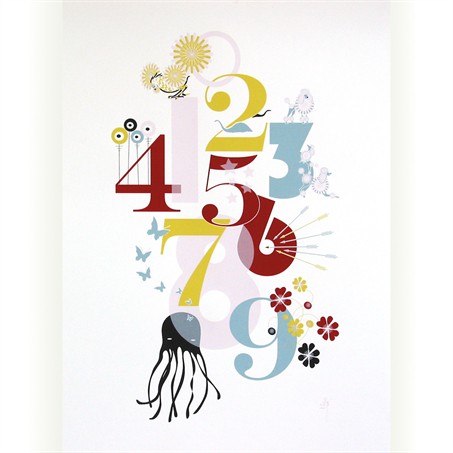Topic 1: Statistical analysis (2 hours)
|
|
Assessment statement |
Activities |
|
|---|---|---|---|
1.1.1 |
State that error bars are a graphical representation of the variability of data. |
Measuring in Biology Experiment Error bars can be used to show either the range of the data or the standard deviation. |
|
1.1.2 |
Calculate the mean and standard deviation of a set of values. |
Students should specify the standard deviation (s), not the population standard deviation. Students will not be expected to know the formulas for calculating these statistics. They will be expected to use the standard deviation function of a graphic display or scientific calculator. Aim 7: Students could also be taught how to calculate standard deviation using a spreadsheet computer program. |
|
1.1.3 |
State that the term standard deviation is used to summarize the spread of values around the mean, and that 68% of the values fall within one standard deviation of the mean. |
For normally distributed data, about 68% of all values lie within ±1 standard deviation (s or σ) of the mean. This rises to about 95% for ±2 standard deviations. |
|
1.1.4 |
Explain how the standard deviation is useful for comparing the means and the spread of data between two or more samples. |
Experiment to measure the size of a cheek cell. A small standard deviation indicates that the data is clustered closely around the mean value. Conversely, a large standard deviation indicates a wider spread around the mean. |
|
1.1.5 |
Deduce the significance of the difference between two sets of data using calculated values for t and the appropriate tables. |
For the t-test to be applied, the data must have a normal distribution and a sample size of at least 10. The t-test can be used to compare two sets of data and measure the amount of overlap. Students will not be expected to calculate values of t. Only a two-tailed, unpaired t-test is expected. Aim 7: students are not expected to calculate a value for the t-test, but should be shown how to calculate such values using a spreadsheet program TOK: The scientific community defines an objective standard by which claims about data can be made. |
|
1.1.6 |
Explain that the existence of a correlation does not establish that there is a causal relationship between two variables. |
Aim 7: While calculations of such values are not expected, students who want to use r and r2 values in their practical work could be shown how to determine such values using a spreadsheet program. |
All Diploma Programme biology students should be able to:
perform the basic arithmetic functions: addition, subtraction, multiplication and division
recognize basic geometric shapes
carry out simple calculations within a biological context involving decimals, fractions, percentages, ratios, approximations, reciprocals and scaling
use standard notation (for example, 3.6 × 106)
use direct and inverse proportion
represent and interpret frequency data in the form of bar charts, column graphs and histograms, and interpret pie charts and nomograms
determine the mode and median of a set of data
plot and interpret graphs (with suitable scales and axes) involving two variables that show linear or non-linear relationships
plot and interpret scattergraphs to identify a correlation between two variables, and appreciate that the existence of a correlation does not establish a causal relationship
demonstrate sufficient knowledge of probability to understand how Mendelian ratios arise and to calculate such ratios using a Punnett grid
make approximations of numerical expressions
recognize and use the relationships between length, surface area and volume.

